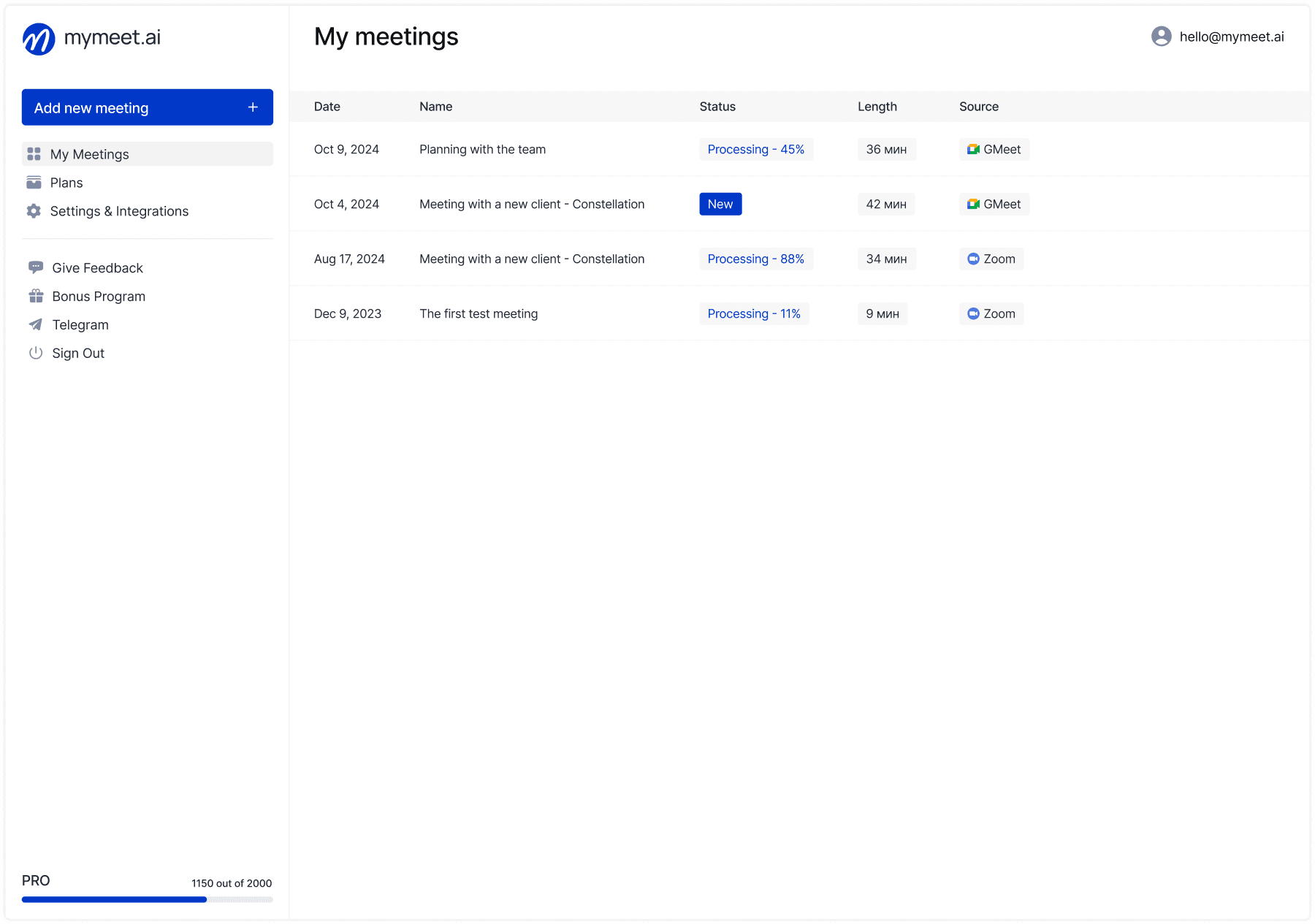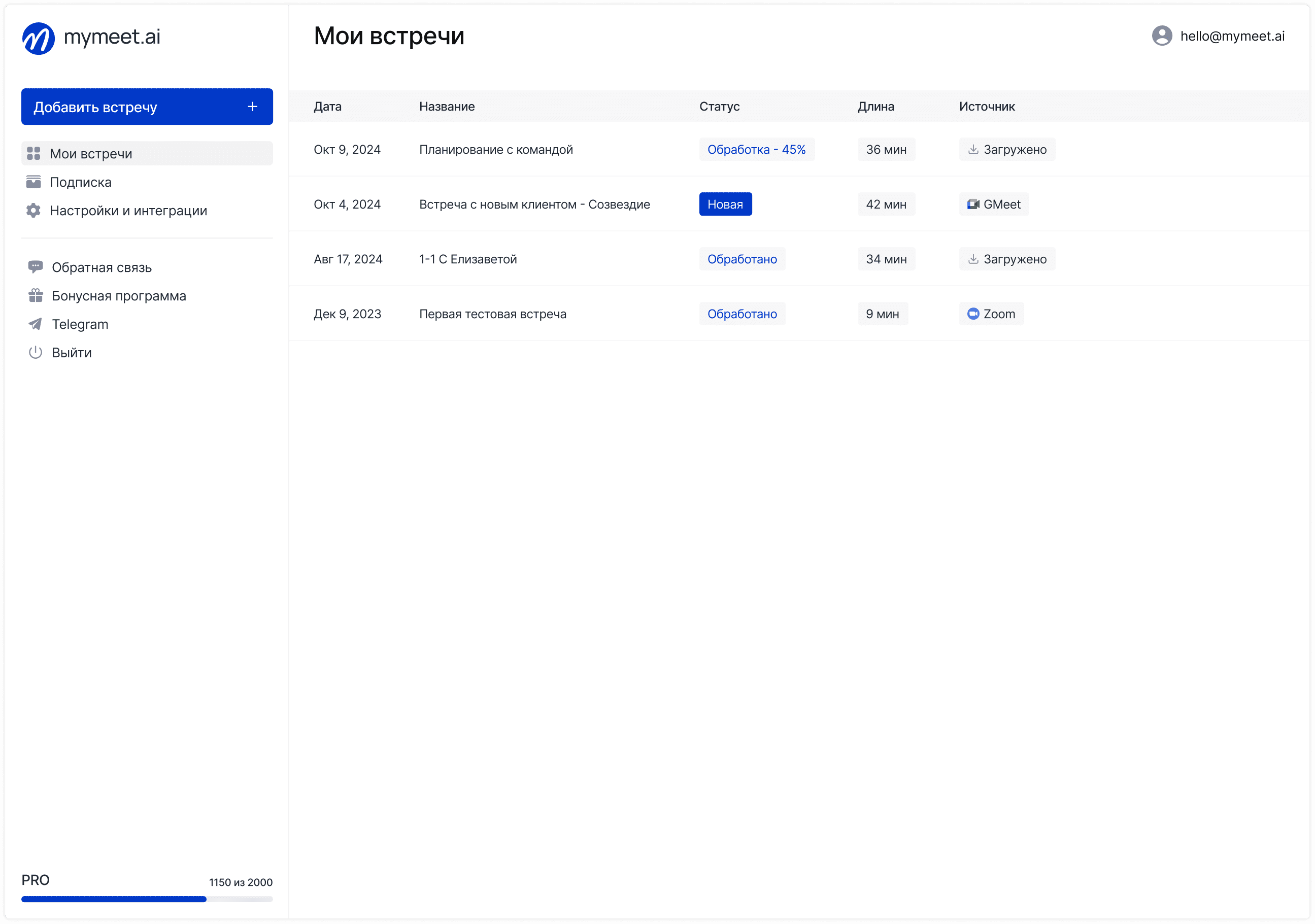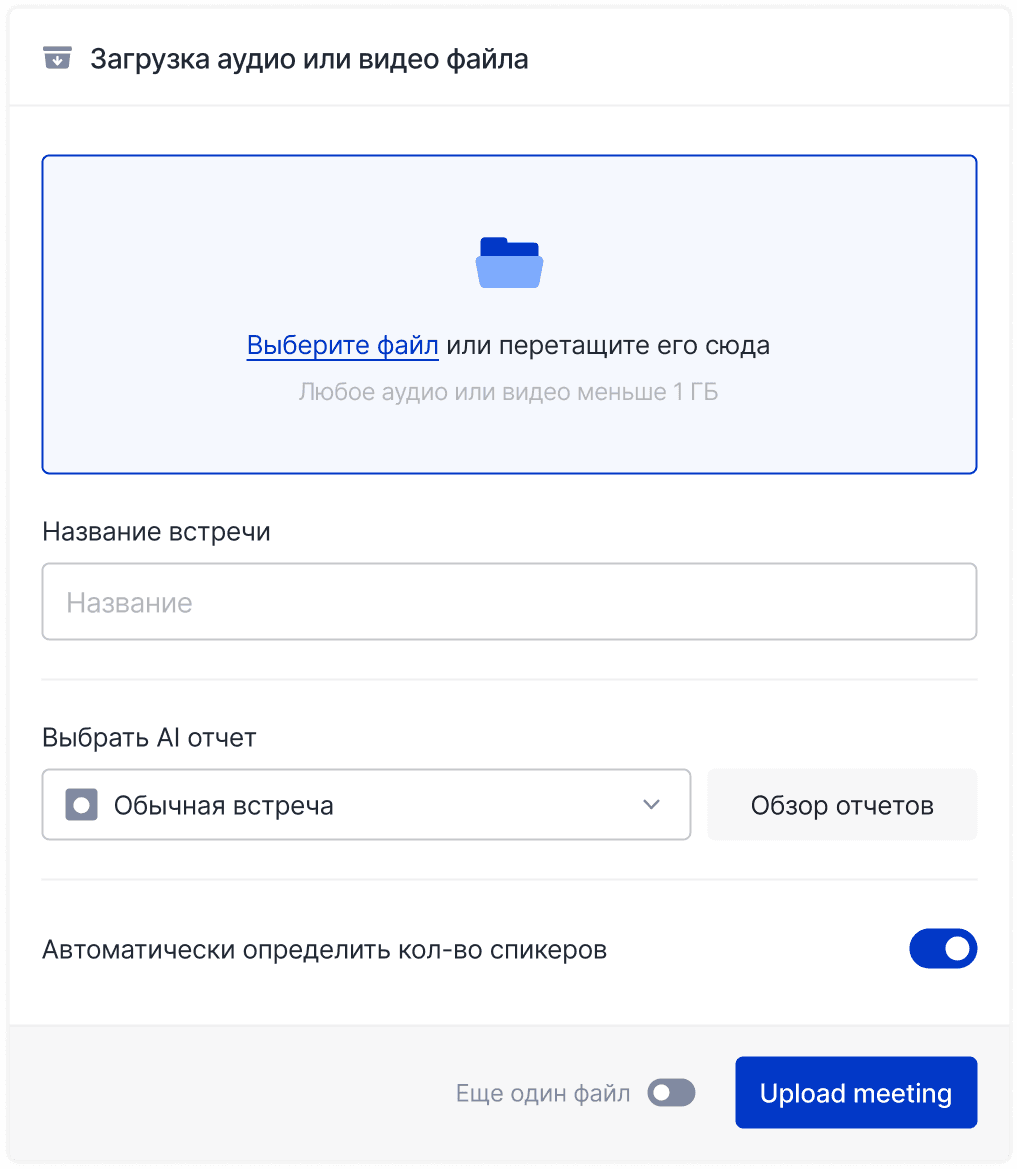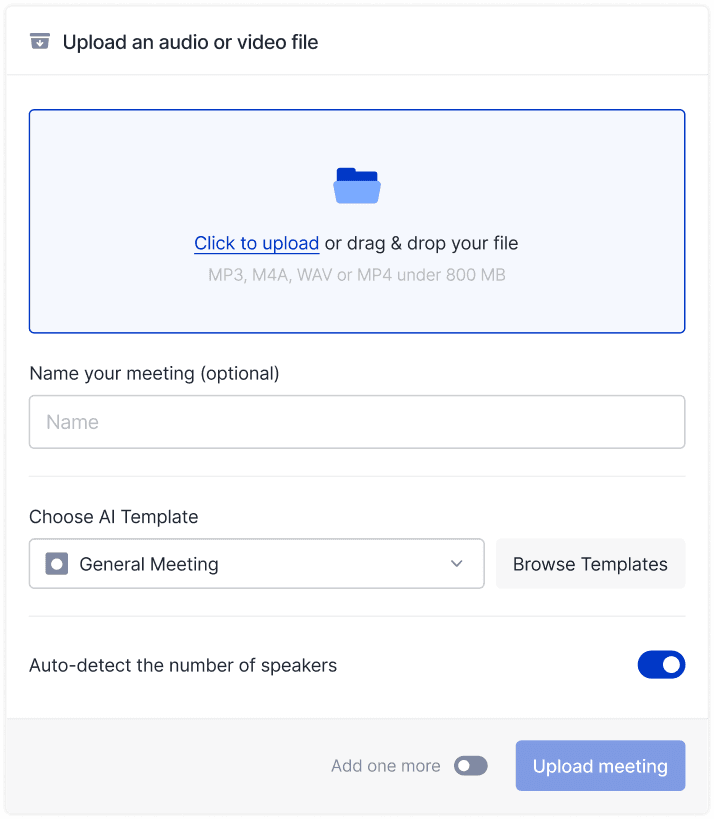Technology & AI

Fedor Zhilkin
Feb 28, 2025
In February 2025, Anthropic released Claude 3.7 Sonnet, marking a significant milestone in AI development. Described as their "most intelligent model to date," Claude 3.7 Sonnet introduces a hybrid approach that combines quick responses with deep, step-by-step reasoning capabilities. This comprehensive guide explores everything you need to know about this groundbreaking AI model, from its core features and performance benchmarks to how you can access and use it effectively.
Key Takeaways: Claude 3.7 Sonnet combines standard conversational abilities with an extended thinking mode that makes its reasoning process visible, setting it apart from previous AI models while maintaining the same pricing as earlier versions; it demonstrates state-of-the-art performance in coding and software engineering tasks, outperforming competitors in real-world applications, and is accessible through multiple channels including a free tier, Pro subscription, and developer API.
What is Claude 3.7 Sonnet?

Claude 3.7 Sonnet is Anthropic's latest and most advanced AI assistant, released in February 2025. It represents a significant evolution in the Claude model family, introducing what Anthropic calls a "hybrid reasoning" approach. Unlike other AI models that either provide quick responses or slower, more deliberate reasoning, Claude 3.7 Sonnet does both within a single model.
The "hybrid" aspect comes from its ability to switch between standard mode (for quick, conversational responses) and extended thinking mode (for complex reasoning tasks). When using extended thinking, the model shows its step-by-step reasoning process, giving users unprecedented visibility into how it arrives at answers.
This approach reflects Anthropic's philosophy that "just as humans use a single brain for both quick responses and deep reflection, reasoning should be an integrated capability of frontier models rather than a separate model entirely."
Claude 3.7 Sonnet builds on the foundation of previous models like Claude 3.5 Sonnet but delivers substantial improvements in several key areas, particularly coding, complex reasoning, and real-world task performance.
Key Features of Claude 3.7 Sonnet

Claude 3.7 Sonnet introduces several groundbreaking capabilities that set it apart from both previous Claude models and competitors. These features combine to create a versatile AI assistant that can handle everything from quick conversational responses to deep, complex reasoning tasks.
How Claude 3.7 Sonnet's Extended Thinking Mode Works
The most notable innovation in Claude 3.7 Sonnet is its extended thinking mode. When activated, this feature allows Claude to engage in visible, step-by-step reasoning before providing an answer. This process significantly improves performance on complex tasks like math problems, physics questions, and multi-step coding challenges.
What makes this feature particularly powerful is its flexibility. Users can toggle between standard and extended thinking modes depending on the task at hand. For simple questions, standard mode provides quick responses, while more complex problems benefit from extended thinking.
API users have even more control, with the ability to set a specific "thinking budget." This means you can tell Claude to spend no more than a certain number of tokens on thinking (up to the 128K token output limit), allowing for precise balancing between response quality and speed.
The benefits of extended thinking are most apparent in mathematical and scientific domains. According to Anthropic's benchmarks, Claude 3.7 Sonnet's accuracy on AIME 2024 (a high-school level math competition) jumps from 23.3% in standard mode to an impressive 80.0% with extended thinking enabled.
Why Claude 3.7 Sonnet Is the Best AI for Coding in 2025
Claude 3.7 Sonnet demonstrates exceptional performance in software engineering and coding tasks. On SWE-bench Verified, a benchmark that evaluates AI models' ability to solve real-world software issues, Claude 3.7 achieves 62.3% accuracy—significantly higher than its predecessor (49.0%) and current competing models.
With a custom scaffold (a structured approach that helps guide the model), that accuracy increases to 70.3%, making it the top-performing model in this category.
This capability has been confirmed by multiple industry partners. Cursor noted that Claude 3.7 Sonnet is "best-in-class for real-world coding tasks," while Cognition found it "far better than any other model at planning code changes." Canva observed that it "consistently produced production-ready code with superior design taste and drastically reduced errors."
The practical benefits are substantial for developers. Claude 3.7 Sonnet can:
Write complex code across multiple programming languages
Debug existing code and suggest fixes
Plan large-scale code changes and refactors
Create documentation and explain technical concepts
Handle both frontend and backend development tasks
How Claude 3.7 Uses Computers Like Humans Do
Building on capabilities introduced in Claude 3.5 Sonnet, the 3.7 version enhances Claude's ability to use computers the way humans do—looking at screens, moving cursors, clicking buttons, and typing text. While still in public beta, this feature allows Claude to interact with digital interfaces and execute tasks across various applications.
According to Tricentis, Claude 3.7 Sonnet's "ability to determine correct agentic actions is significantly improved over GPT-4o and prior Claude versions," with complex actions showing "far lower error rates with less guidance needed, reducing 4-hour automated testing to just 10 minutes."
The computer use capability enables a range of automation scenarios, from robotic process automation to sophisticated testing workflows, making Claude 3.7 Sonnet valuable for businesses looking to streamline operations.
Claude 3.7 Sonnet's 128K Token Output: What It Means for Users
Claude 3.7 Sonnet features a significantly expanded output capacity, supporting up to 128K tokens in extended thinking mode (beta)—more than 15 times longer than previous limits. This expanded capacity is particularly valuable for tasks that require extensive explanation or detailed output, such as:
Comprehensive code generation
Detailed project planning
In-depth analysis of complex data
Extensive documentation creation
Even in standard mode, Claude 3.7 Sonnet maintains the 200K context window of its predecessors, allowing it to process and reference large amounts of information in a single conversation.
Claude 3.7 Sonnet Benchmarks and Performance

Anthropic has released extensive benchmark data showcasing Claude 3.7 Sonnet's capabilities across various domains. The results demonstrate significant improvements over previous models and competitive performance against other leading AI systems.
Comparison with Previous Claude Models
Claude 3.7 Sonnet shows substantial improvements over Claude 3.5 Sonnet across all measured benchmarks:
Benchmark | Claude 3.7 Sonnet | Claude 3.5 Sonnet | Improvement |
|---|---|---|---|
SWE-bench Verified | 62.3% | 49.0% | +13.3% |
TAU-bench Retail | 81.2% | 71.5% | +9.7% |
TAU-bench Airline | 58.4% | 48.7% | +9.7% |
GPQA Diamond | 68.0% (84.8% with thinking) | 57.3% | +10.7% (+27.5%) |
AIME 2024 | 23.3% (80.0% with thinking) | 15.4% | +7.9% (+64.6%) |
MATH 500 | 82.2% (96.2% with thinking) | 71.8% | +10.4% (+24.4%) |
The most dramatic improvements come when extended thinking is enabled, particularly in mathematical reasoning and problem-solving tasks.
Comparison with Competitor Models
Claude 3.7 Sonnet performs competitively against other leading models like OpenAI's o1 and o3-mini, DeepSeek-R1, and Grok 3 Beta:
Benchmark | Claude 3.7 Sonnet (Standard) | Claude 3.7 Sonnet (Extended Thinking) | OpenAI o1 | OpenAI o3-mini (high) | DeepSeek R1 | Grok 3 Beta |
|---|---|---|---|---|---|---|
GPQA Diamond | 68.0% | 84.8% | 78.0% | 79.7% | 71.5% | 84.6% |
AIME 2024 | 23.3% | 80.0% | 83.3% | 87.3% | 79.8% | 93.3% |
MATH 500 | 82.2% | 96.2% | 96.4% | 97.9% | 97.3% | – |
SWE-bench Verified | 62.3% | 70.3% (with scaffold) | 48.9% | 49.3% | 49.2% | – |
TAU-bench Retail | 81.2% | – | 73.5% | – | – | – |
TAU-bench Airline | 58.4% | – | 54.2% | – | – | – |
In standard mode, Claude 3.7 Sonnet shows particularly strong performance in software engineering (SWE-bench) and agentic tool use (TAU-bench), outperforming competitors in these areas. With extended thinking enabled, it competes effectively across mathematical and reasoning tasks as well.
Claude Code: Anthropic's New Terminal Tool
Alongside Claude 3.7 Sonnet, Anthropic introduced Claude Code, a command-line tool for agentic coding currently available as a limited research preview. Claude Code is designed to be a developer's assistant that can handle substantial engineering tasks directly from the terminal.
Claude Code enables developers to:
Search and read code across repositories
Edit files with contextual understanding
Write and run tests
Commit and push code to GitHub
Use command-line tools independently
Anthropic reports that Claude Code has "already become indispensable" for their team, especially for test-driven development, debugging complex issues, and large-scale refactoring. Early testing showed that Claude Code could complete tasks in a single pass that would normally take 45+ minutes of manual work.
While Claude Code and Claude 3.7 Sonnet are distinct offerings, they share the same underlying capabilities for code understanding and generation. Claude Code represents a specialized application of Claude 3.7 Sonnet's reasoning abilities in a developer-focused environment.
How to Access Claude 3.7 Sonnet
Claude 3.7 Sonnet is available through multiple channels, with different access options depending on your needs and budget.

Web Interface (Claude.ai)
The simplest way to access Claude 3.7 Sonnet is through Anthropic's web interface at claude.ai. This platform offers:
Free Tier:
Access to Claude 3.7 Sonnet in standard mode
Basic text, image, and voice capabilities
Limited message volume
No access to extended thinking mode
Claude Pro ($20/month):
Full access to Claude 3.7 Sonnet with extended thinking mode
Higher message limits
Priority access during peak times
Early access to new features
To use extended thinking mode (Pro users only), select "Extended" from the model dropdown menu at the top of the chat interface.
Mobile Apps
Claude 3.7 Sonnet is available on iOS and Android through the official Claude app. The app offers the same functionality as the web interface, with the experience optimized for mobile devices.
API Access
Developers can integrate Claude 3.7 Sonnet into their applications through the Anthropic API, Amazon Bedrock, or Google Cloud's Vertex AI.
API pricing follows a pay-as-you-go model:
Input tokens: $3 per million
Output tokens: $15 per million (includes thinking tokens)
Anthropic offers cost optimization options including:
Up to 90% savings with prompt caching
50% savings with batch processing
API users have additional controls, such as the ability to set a specific thinking budget, allowing for fine-tuned balancing of quality and cost.
How to Use Claude 3.7 Sonnet: The Ultimate Guide to Anthropic's Most Advanced AI Model
Claude 3.7 Sonnet isn't just another AI model—it's a versatile tool that can transform how you work across multiple fields. Early adopters are already seeing dramatic productivity gains with this groundbreaking Anthropic AI.
How to Use Claude 3.7 Sonnet for Software Development: A Developer's Guide
The coding capabilities in Claude 3.7 Sonnet have impressed even experienced developers, showing a 13.3% improvement over its predecessor on real-world tasks.
Top coding applications include:
Generating complex applications from simple descriptions
Debugging existing code with human-like precision
Refactoring entire systems while maintaining functionality
Creating detailed documentation automatically
Designing architecture for new software projects
Developers at Cursor report that Claude handles "multi-file edits" and "complex codebases" far better than previous models, while Canva found it consistently produces "production-grade code with genuine design taste."
How Claude 3.7 Sonnet Transforms Research and Knowledge Work
For knowledge workers, Claude 3.7 Sonnet's extended thinking mode is a game-changer, showing its reasoning process step-by-step.
Key research applications:
Data analysis with pattern recognition and visualization
Research synthesis across multiple academic papers
Content creation with minimal editing required
Knowledge Q&A for large document collections
Visual data extraction from charts and diagrams
Financial analysts at Jane Street note Claude shows "a level of genuine understanding we have not yet seen from AI models" when handling complex calculations.
5 Ways Businesses Are Using Claude 3.7 Sonnet to Automate Tasks in 2025
Businesses across industries are finding innovative ways to leverage Claude 3.7 Sonnet.
Most valuable business uses:
Intelligent customer support with contextual understanding
Process automation that reduced "4-hour testing to just 10 minutes" (Tricentis)
Large-scale content analysis for market research and compliance
Decision support with explained reasoning processes
Custom knowledge assistants for specialized industry domains
Thomson Reuters reports that Claude passes "nearly 100% of our knowledge graph evaluations," making it reliable enough for professional applications in fields like law and finance.
Enhancing Claude 3.7 Sonnet with mymeet.ai for Meeting Intelligence
Claude 3.7 Sonnet's capabilities can be significantly extended when paired with specialized tools like mymeet.ai, a purpose-built AI meeting assistant that works across platforms like Zoom, Google Meet.

The mymeet.ai Integration Advantage
mymeet.ai automatically captures and processes meetings, while Claude 3.7 Sonnet provides deeper analysis:
Benefit | mymeet.ai Capability | Claude 3.7 Sonnet Enhancement |
|---|---|---|
Meeting Documentation | Automatic transcription with speaker identification | Extended analysis with Claude's reasoning capabilities |
Action Item Management | Extracts tasks and deadlines from conversation | Further refinement and organization of complex project plans |
Meeting Insights | Basic AI summary of key points | In-depth analysis using Claude's extended thinking mode |
Multilingual Support | Supports 73 languages with high accuracy | Additional context and translation capabilities |
Meeting Search | Searchable transcript archive | Deeper semantic understanding of historical meetings |
Practical Workflow Integration

This powerful combination creates an efficient end-to-end system:
mymeet.ai joins meetings through calendar integration, records conversations, and generates transcripts with basic summaries
Export the transcript to Claude 3.7 Sonnet for deeper analysis
Use Claude's extended thinking mode to transform meeting content into actionable plans, code structures, or research insights
Real-World Applications
Companies are already seeing significant benefits:

Development Teams: Transform technical discussions into code specifications and architecture plans
Sales Organizations: Analyze client meetings for objections and opportunities
Research Groups: Identify patterns across multiple discussions using Claude's reasoning capabilities

This integration typically reduces meeting follow-up time by up to 75% while improving the quality of action items and documentation. The combination leverages Claude 3.7 Sonnet's exceptional reasoning capabilities while addressing its inability to join live meetings—creating a comprehensive AI solution for knowledge workers
Claude 3.7 Sonnet vs. Other AI Models: Which is Best for Your Needs?
The AI landscape in 2025 offers more choices than ever before. While Claude 3.7 Sonnet represents a significant advancement, it's important to understand how it stacks up against competitors to make the right choice for your specific needs.
What's New in Claude 3.7 Sonnet Compared to Claude 3.5 Sonnet
The upgrade from Claude 3.5 to 3.7 Sonnet brings substantial improvements across the board:
Extended thinking mode - The most significant new feature, allowing visible step-by-step reasoning
Coding performance jumped 13.3% on SWE-bench, making it state-of-the-art for software engineering
Tool use abilities improved by 9.7% on TAU-bench for more reliable automation
Mathematical reasoning saw up to 64.6% improvement on AIME tests with thinking enabled
Output capacity expanded to 128K tokens in extended thinking mode (15x longer than before)
What's particularly impressive is that Anthropic delivered these improvements without raising prices - Claude 3.7 maintains the same pricing structure as its predecessor.
Claude 3.7 Sonnet vs. OpenAI Models: Head-to-Head Comparison
Feature/Metric | Claude 3.7 Sonnet | OpenAI o1 | OpenAI o3-mini (high) | DeepSeek R1 | Grok 3 Beta |
|---|---|---|---|---|---|
SWE-bench Verified | 62.3% (70.3% with scaffold) | 48.9% | 49.3% | 49.2% | Not published |
TAU-bench Retail | 81.2% | 73.5% | Not published | Not published | Not published |
TAU-bench Airline | 58.4% | 54.2% | Not published | Not published | Not published |
AIME 2024 | 23.3% (80.0% with thinking) | 83.3% | 87.3% | 79.8% | 93.3% |
GPQA Diamond | 68.0% (84.8% with thinking) | 78.0% | 79.7% | 71.5% | 84.6% |
MATH 500 | 82.2% (96.2% with thinking) | 96.4% | 97.9% | 97.3% | Not published |
Thinking Visibility | Yes (in extended mode) | No | No | No | No |
Context Window | 200K | 128K | 128K | 128K | 128K |
Max Output | 8K (64K in extended mode) | 4K | 4K | 4K | 4K |
Free Tier Available | Yes (without thinking) | No | No | Yes | Yes |
Data sourced from Anthropic's official benchmarks as of February 2025
Claude 3.7 Sonnet outperforms competitors in software engineering and agentic tool use, while specialized reasoning models from OpenAI and Grok show stronger performance in some mathematical tasks. Claude's unique advantage is combining both capabilities in a single model with visible thinking processes.
How Claude 3.7 Sonnet Compares to Other Leading AI Models
When compared to other major AI models like DeepSeek-R1 and Grok 3 Beta:
Where Claude 3.7 Sonnet leads:
Software engineering capabilities (62.3% on SWE-bench vs. 49.2% for DeepSeek-R1)
Enterprise readiness with more mature deployment options
Hybrid capabilities that combine quick responses and deep reasoning in one model
Safety and ethics with established evaluation frameworks
Where competitors may have advantages:
Grok 3 Beta shows stronger results on certain mathematical benchmarks (93.3% on AIME)
Some competitors offer alternative pricing models that may be more cost-effective for specific use cases
Specialized models may perform better in narrow domains
The choice between these models ultimately depends on your priorities. If coding and software development are central to your needs, Claude 3.7 Sonnet currently leads the pack. For pure mathematical problem-solving, models like o3-mini or Grok 3 Beta might have a slight edge. For general business use, Claude's combination of capabilities and transparent reasoning makes it a strong contender.
Pricing and Plans
Claude 3.7 Sonnet is available across multiple pricing tiers:
Free Tier
Access to Claude 3.7 Sonnet in standard mode
Basic text, image, and voice capabilities
No access to extended thinking mode
Limited number of messages
Claude Pro ($20/month)
Full access to Claude 3.7 Sonnet with extended thinking mode
Higher message limits
Priority access during peak times
Early access to new features
Team and Enterprise Plans
Custom pricing based on needs
Additional administrative controls
Enhanced security features
Dedicated support options
API Pricing
Input tokens: $3 per million
Output tokens: $15 per million (includes thinking tokens)
Cost optimization available through prompt caching (up to 90% savings) and batch processing (50% savings)
This pricing structure makes Claude 3.7 Sonnet accessible to individual users while providing scaling options for businesses and developers.
The Future of Anthropic AI and Claude
Claude 3.7 Sonnet represents a significant step in Anthropic's development trajectory, but it's likely just the beginning of a new generation of hybrid reasoning models. Based on Anthropic's recent research and releases, we can anticipate several future directions:
Further refinement of reasoning capabilities, with improved accuracy and efficiency
Enhanced computer use abilities moving beyond beta status
Expansion of Claude Code's capabilities for developers
New specialized models for specific industry applications
Continued improvements in multimodal understanding (text, images, audio)
Anthropic's approach of making reasoning an integrated capability rather than a separate model suggests a philosophy that will likely guide future development—creating unified AI assistants that can handle both simple and complex tasks naturally, similar to human cognitive flexibility.
Conclusion
Claude 3.7 Sonnet represents a significant advancement in AI assistant technology, combining the conversational fluidity of traditional chat models with the deep reasoning capabilities previously reserved for specialized systems. Its hybrid approach offers unprecedented flexibility, allowing users to choose between quick responses and thorough, transparent reasoning depending on the task at hand.
The model's exceptional performance in software engineering and real-world agentic tasks positions it as a valuable tool for developers and businesses, while its improved reasoning capabilities enhance its utility for complex analytical work. The introduction of Claude Code further strengthens Anthropic's offering for the development community.
Whether you're a developer looking to streamline coding tasks, a business seeking to automate processes, or an individual user interested in advanced AI assistance, Claude 3.7 Sonnet offers capabilities that set new standards in the rapidly evolving AI landscape.
FAQ
What is the difference between standard mode and extended thinking mode in Claude 3.7 Sonnet?
Standard mode provides quick responses similar to traditional chat models, while extended thinking mode shows Claude's step-by-step reasoning process before arriving at an answer. Extended thinking significantly improves performance on complex tasks like math problems and coding challenges but takes longer to generate responses.
How does Claude 3.7 Sonnet compare to GPT-4o and o1?
Claude 3.7 Sonnet outperforms both GPT-4o and o1 in software engineering benchmarks (SWE-bench) and agentic tool use (TAU-bench). It offers competitive performance on reasoning tasks with extended thinking enabled, though o1 and o3-mini still edge ahead on some pure mathematical benchmarks. Claude's approach integrates reasoning into a single model rather than requiring separate specialized models.
Can I use Claude 3.7 Sonnet for free?
Yes, Claude 3.7 Sonnet is available in standard mode through the free tier on claude.ai and the Claude mobile app. However, extended thinking mode requires a Claude Pro subscription ($20/month).
What is Claude Code and how does it relate to Claude 3.7 Sonnet?
Claude Code is a command-line tool for agentic coding currently in limited research preview. While it's a separate product from Claude 3.7 Sonnet, it leverages the same underlying AI capabilities but is specifically designed for software development workflows. Claude Code can handle tasks like editing code, writing tests, and interacting with GitHub directly from the terminal.
How can I access the extended thinking capabilities?
Extended thinking is available to Claude Pro subscribers ($20/month) on claude.ai and the Claude mobile app. To activate it, select "Extended" from the model dropdown menu at the top of the chat interface. API users can access extended thinking by setting the appropriate parameters in their API calls.
What types of tasks is Claude 3.7 Sonnet best suited for?
Claude 3.7 Sonnet excels at software engineering tasks, complex reasoning problems, data analysis, content creation, and agentic workflows that involve using tools or navigating interfaces. It's particularly strong when handling tasks that require both detailed understanding and step-by-step planning.
How secure is my data when using Claude 3.7 Sonnet?
Anthropic follows strict security protocols for Claude 3.7 Sonnet. According to their policies, user data is not used to train models without explicit consent, and conversations are subject to retention policies based on your subscription tier. Enterprise users receive additional security features and controls.
What is the context window size of Claude 3.7 Sonnet?
Claude 3.7 Sonnet has a 200K token context window, allowing it to process and reference large amounts of information in a single conversation. Additionally, it supports up to 128K tokens of output in extended thinking mode (beta), which is more than 15 times longer than previous limits.
Can Claude 3.7 Sonnet generate images or other media?
Claude 3.7 Sonnet can analyze and understand images but cannot generate images or other media itself. It remains primarily a text-based AI assistant with multimodal understanding capabilities.
How frequently does Anthropic update Claude models?
Anthropic typically releases major Claude model updates every few months, with the progression from Claude 3.5 Sonnet to Claude 3.7 Sonnet taking approximately 4 months. Minor improvements and feature enhancements may be deployed more frequently between major releases.
Fedor Zhilkin
Feb 28, 2025








